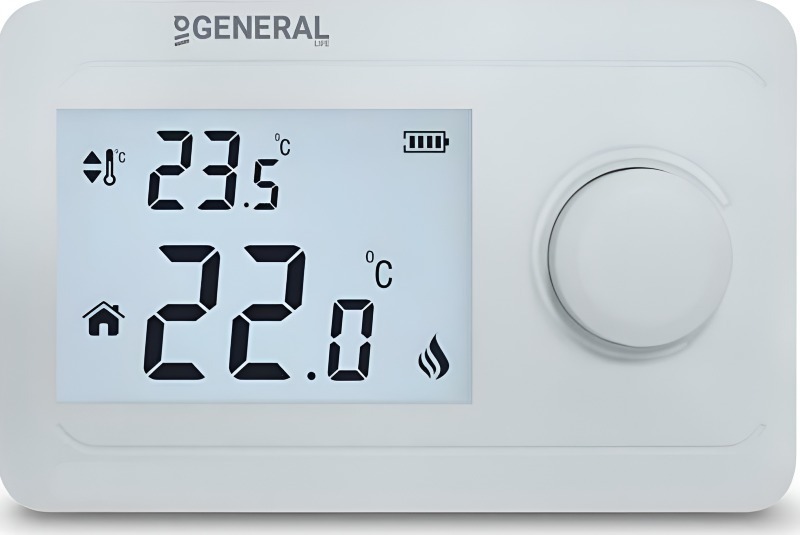2/6/2025 11:13 PM

Does your house seem a little too cold or surprisingly hot?Before contacting a repair service, think about a few DIY thermostat solutions that could help you save time and money. Problems with thermostats can frequently be resolved with easy fixes that do not necessitate calling a professional.
Our initial destination on the path to repair your thermostat consists of examining the power supply. If your thermostat shows no display, it might be because of a tripped circuit breaker or a dead HVAC system battery. Verify that the thermostat is firmly attached to the wall and that the battery isn’t the cause of your troubles.
A frequent problem stems from improperly adjusted thermostat settings. Maybe someone accidentally changed the thermostat from 'heat' to 'cool' or the other way around. A brief look at the configurations and adjusting the mode might completely fix the issue. Likewise, verify the temperature adjustments to make sure they match your comfort requirements.
Soil and clutter can also hinder thermostat efficiency. An easy DIY thermostat repair consists of taking off the cover and gently blowing away any dust that might have gathered. During this process, examine the wiring for any indications of corrosion or disconnection. Keep in mind that safety is essential: always turn off the power before touching any electrical parts.
If your thermostat is digital, verify whether any error codes show up on the screen. Every code relates to a particular problem; refer to your thermostat manual or the manufacturer's site for further details on how to fix these issues.
For individuals with programmable thermostats, issues can frequently be fixed by rebooting the device. Consult your user manual for the correct reset method, usually achieved by pressing and holding a particular button or combination of buttons for a few seconds. Changing the position of your thermostat could also fix any ongoing problems. Thermostats can be affected by changes in temperature caused by nearby devices, direct sunlight, or air currents. If moving is required, make sure it's placed in a central, clear area for best performance. Ultimately, inadequate thermostat performance might indicate that it's time to consider upgrading to a newer model. Think about purchasing a smart thermostat, as it provides better control and efficiency.
The next time you encounter thermostat issues, keep these DIY thermostat solutions in mind before seeking external assistance. You may experience happiness and boosted confidence by resolving the issue independently.
diy thermostat fixes